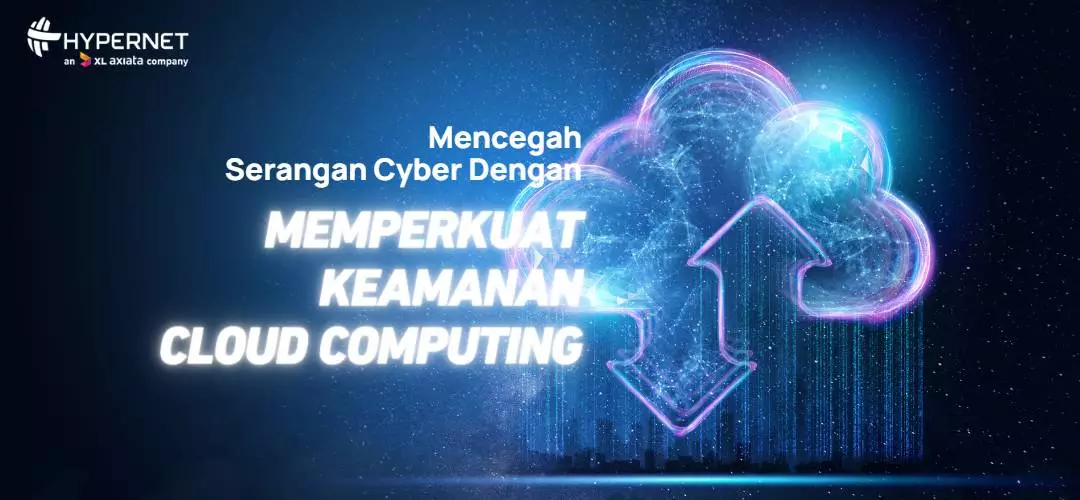Cloud Computing opens up the possibility for companies to invest less money in servers. Hybrid architecture allows companies to expand scalability and increase service portability. Cloud Computing technology can indeed provide business benefits, this technology can also create many new security problems.
Risks of using Cloud Computing
- Data loss due to deleted, corrupted, or unreadable users, software, or applications
- Data leakage including user information, commercial secrets, and intellectual property theft
- Hacked interfaces and insecure APIs making services accessible to third parties
- Data breaches where data that should be confidential is viewed, accessed, or stolen by third parties
- Data lock-in by vendors, especially when transferring services from one vendor to another due to platform differences
- The complexity of Cloud Computing maintenance burdens IT staff as it requires extra skills
- Infected by programs that can view and steal data that is being processed on the computer
- DDoS attacks that cause data loss, data inaccessibility, or server crashes
- Individual or organizational accounts are hijacked by hackers, and used to perform unauthorized activities
How to strengthen Cloud Computing security
- Use Multi-Factor Authentication (MFA) to ensure only people with authorized access can login to cloud applications and access sensitive data. MFA provides:
- High level of protection, better than 2FA
- Guarantees consumer identity against identity theft
- Provides one-time access to users with Time-based Codes
- Verifies users based on risk factors such as Location, Access Time, User Device, IP Address
- Ensures that users comply with standardized guidelines and policies
- Manage user access to improve Cloud Computing security
- Define the type of access allowed for each user to access certain files, for example
- Restricted Access: only approved users can access data and systems
- View Only Access: users can only read or view files, no changes can be made.
- Platform-based Access: a user’s access to a particular platform is limited, e.g. can only access the operating system but not developer tools
- Defined Shared Rights: restrict users from sending or receiving data by limiting their sharing rights
- View all activity in the Cloud with the Cloud Visibility feature, which helps identify weak performance and potential risks in Cloud deployments. Security controls include Prevention, Detection and Correction.
- Monitor end user activity in real-time to help find deviations from normal usage patterns, such as logging in from unknown IPs or devices.
- Ensure that employees who have retired or resigned from your company can no longer access your company’s cloud storage, systems, data, customer information and intellectual property
- Provide anti-phishing training to employees on a regular basis. This includes training on responsible use of cloud tools, proper information sharing within and outside the company, identification of Social Engineering online attacks, and training employees to comply with company and government regulations.
- Consider Cloud-to-Cloud backup solutions to address data loss due to human error
- Ensure data is secured against illegal access. The process includes risk analysis, data masking, and data encryption.
Cloud Computing is indeed a modern-day computing option. However, remember, the risks are also not small.
Hypernet helps you have a seamless Cloud Computing experience. Contact CS for more information.



